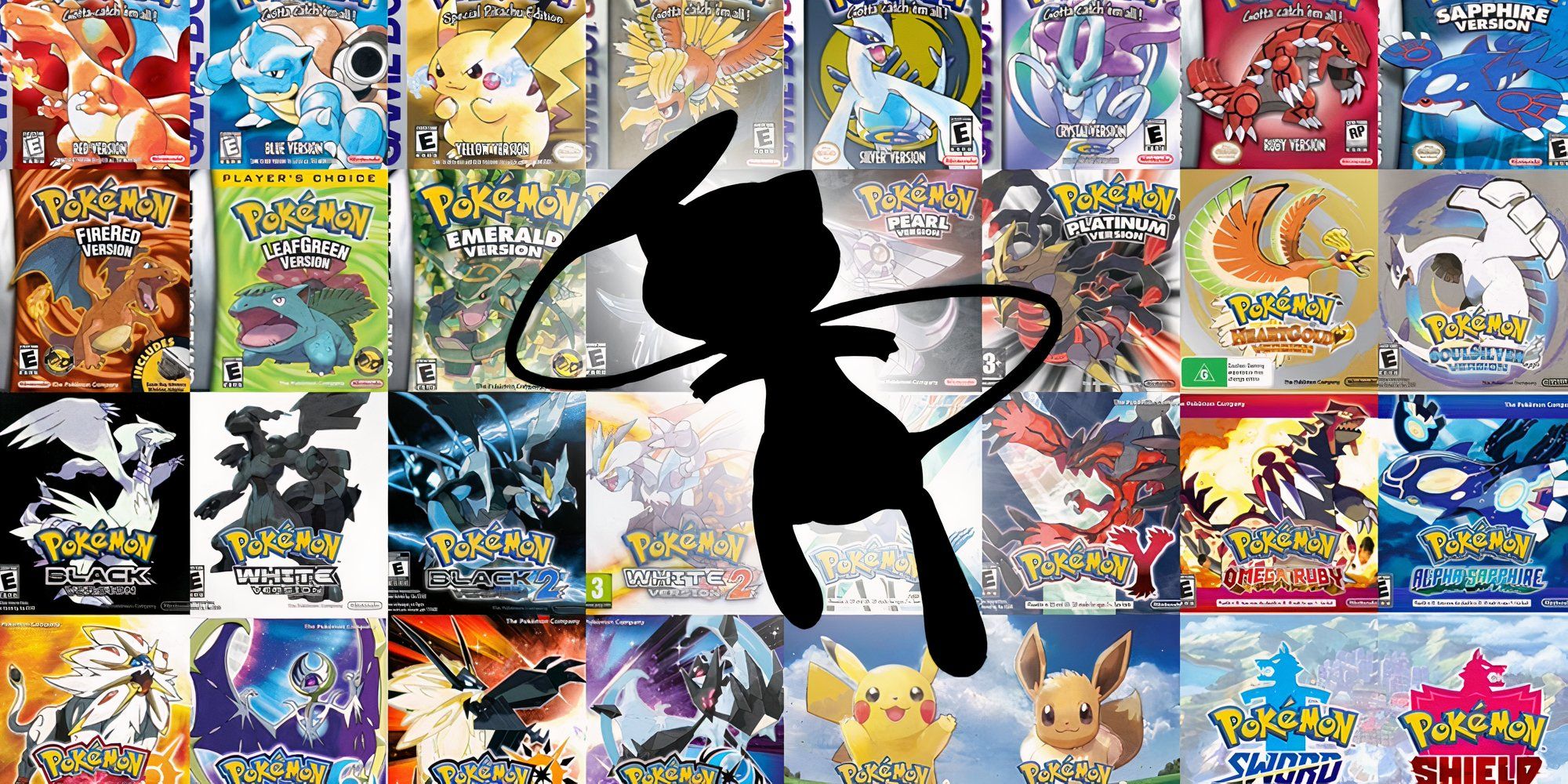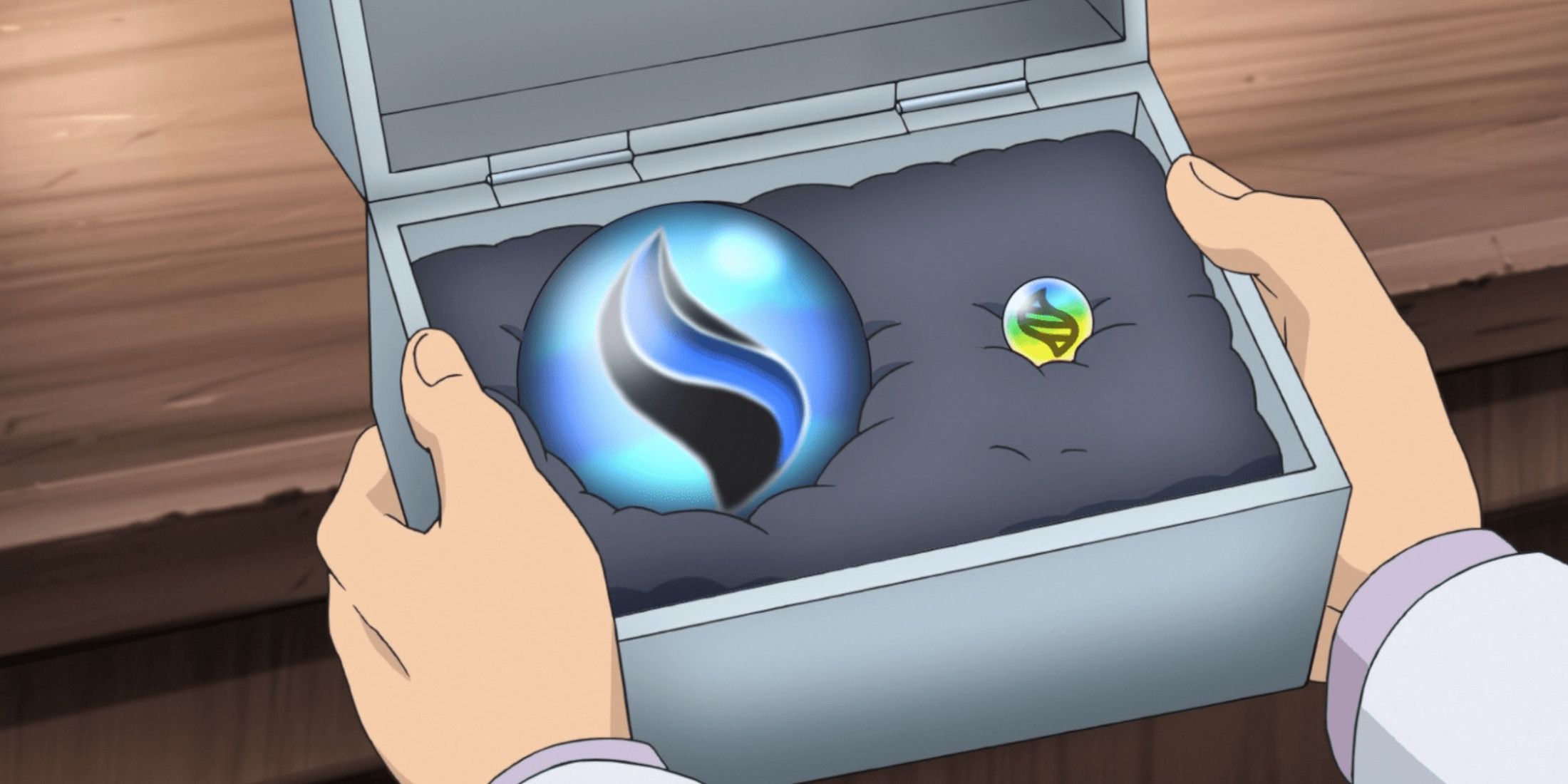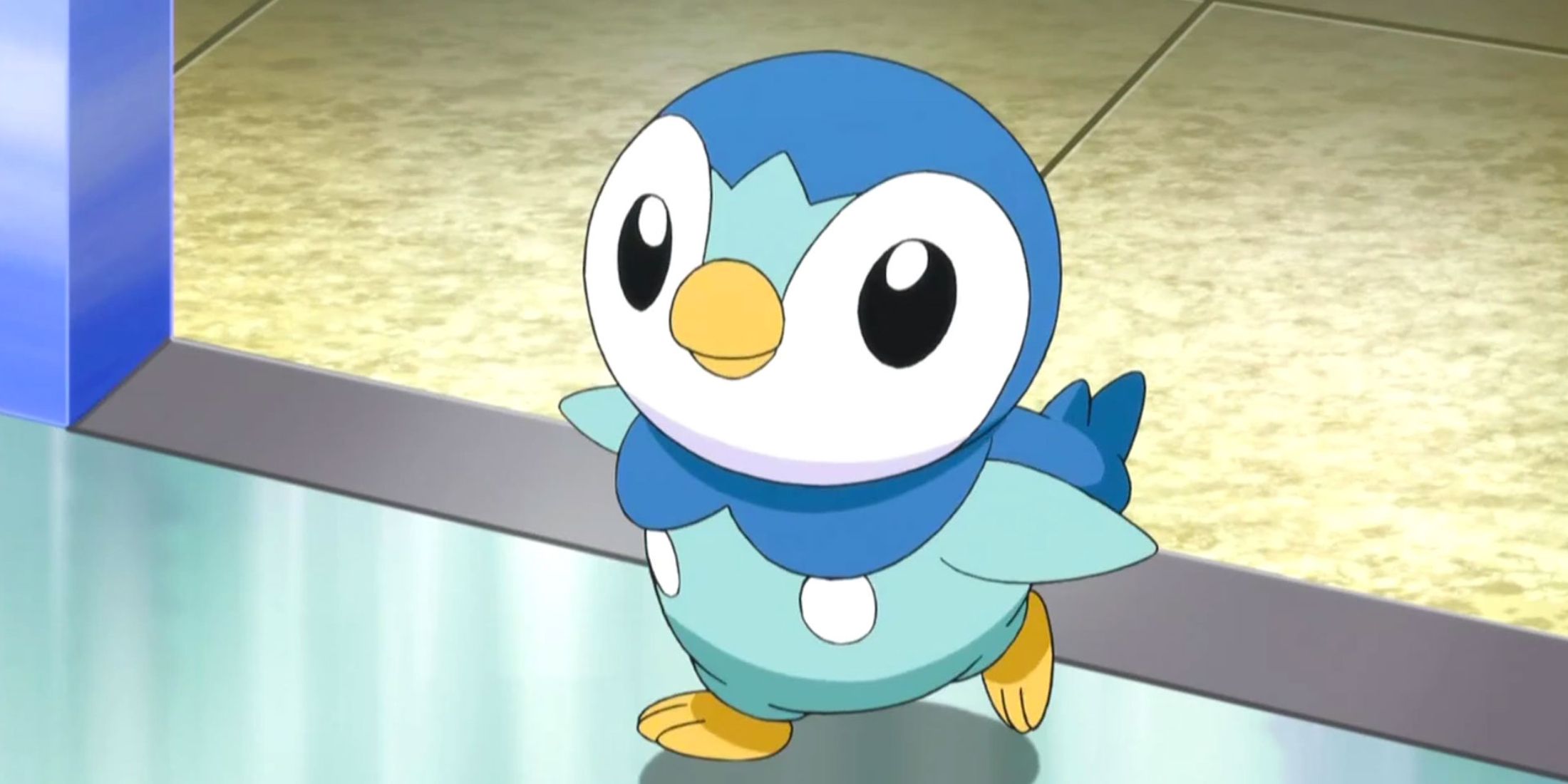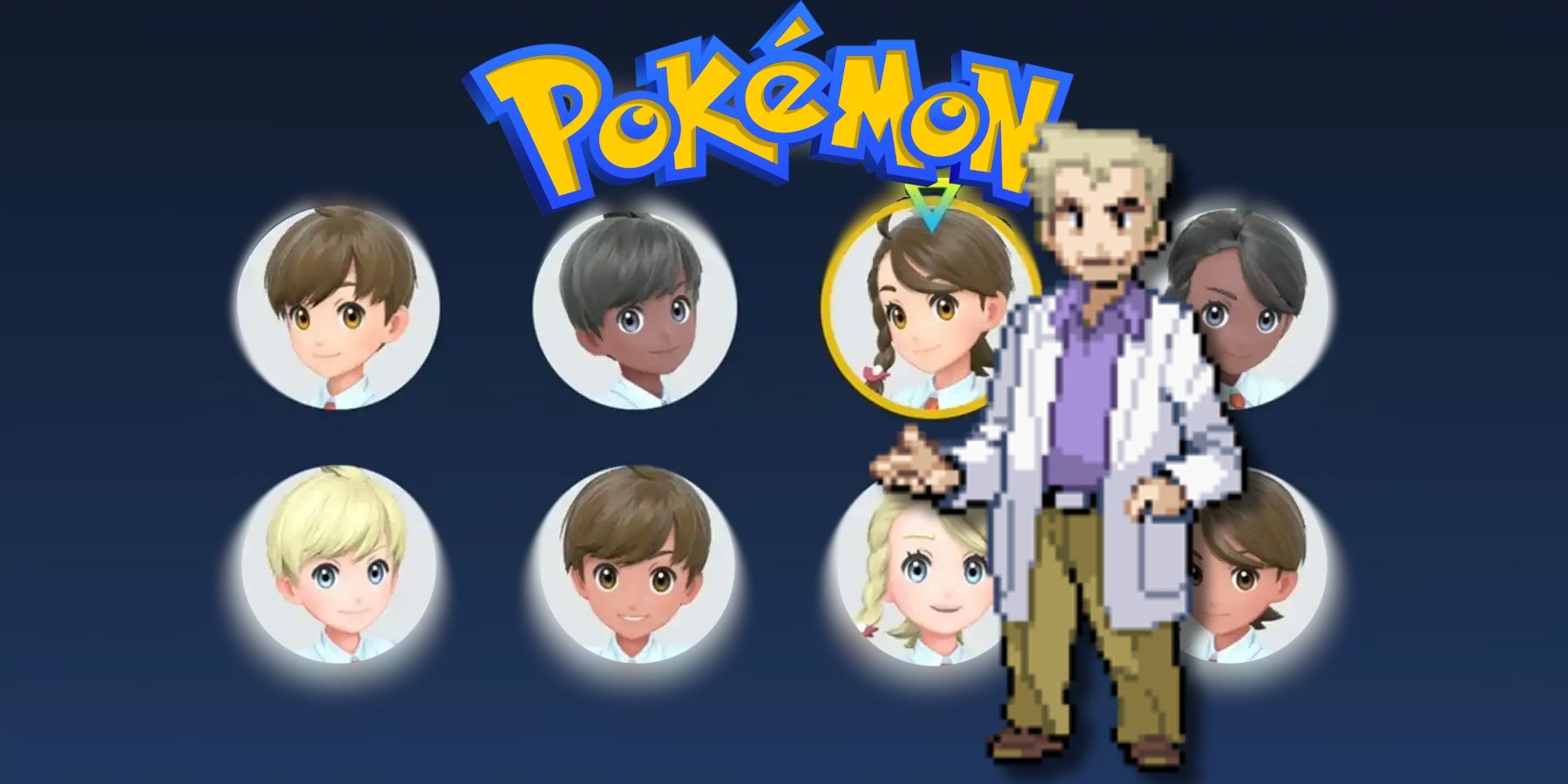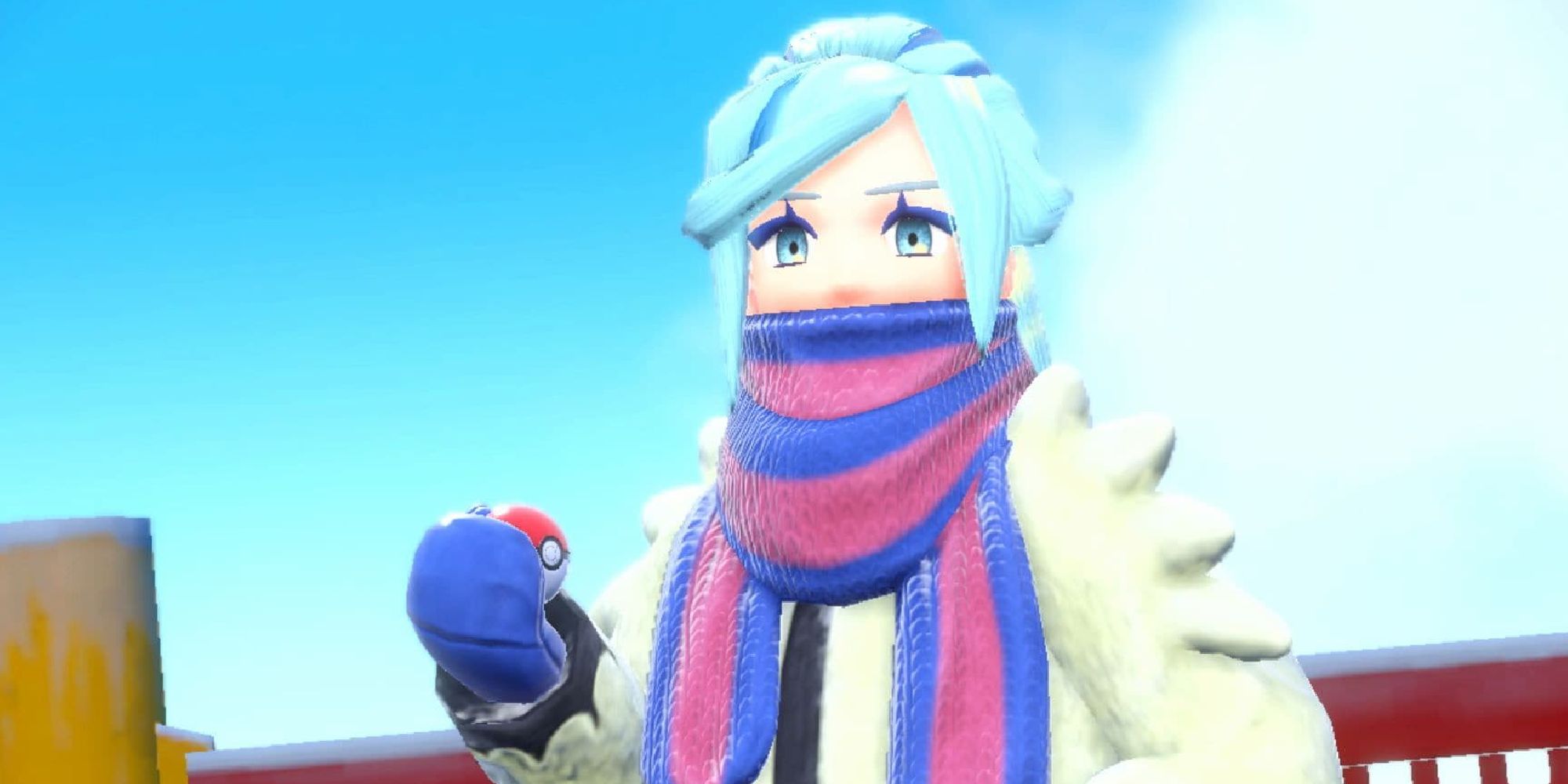While 2022 was going to be the third anniversary of Gen 8's launch, many Pokemon fans were on the fence about believing a new generation would come, but Pokemon Scarlet and Violet were indeed revealed in February of last year. Pokemon Scarlet and Violet break many traditions from past games, with notable examples including the fact that the Professors end up being the final bosses instead of giving players their starters, or the fact that the Elite Four all fight in one room instead of each member having theirs. Although Gen 9 does have a much more fleshed-out customization system for players to toy with, the choices are very limited and the LGBTQIA+ themes that the games seemed to have at first glance remain very superficial.
Pokemon Scarlet and Violet's gendered language is one of many examples of this, where players are on one hand given the option to model their character's face as they please, but then said character is still called "Master" or "Miss." This not only doesn't really help with moving the needle in favor of more varied and substantial representation in the game, but it is quite reminiscent of one of the very first questions that Pokemon games ever asked their players. The famous "Are you a boy or a girl?" question came as early as 2001 with Pokemon Crystal's release, and over two decades later it is more problematic than ever not because the answers didn't change, but because the question never did.
Why Pokemon's 'Are You a Boy Or a Girl?' Question Remains an Issue 22 Years Later
Over the years, real-world LGBTQIA+ taboos were broken, and with an ever-increasing representation in all sorts of media, video games were bound to make their first steps in this direction as well. Pokemon Crystal was the first game to allow players to choose their character's gender, whereas all previous titles autonomously answered that question for whoever was playing. This alone was considered revolutionary and a sign of the franchise truly embracing its RPG genre, introducing a vague degree of customization to Pokemon games.
With new generations, this became a staple of the series, and Pokemon's iconic rival formula changed by often adding the character model players didn't pick to the mix. Generation 6 was the first to introduce the ability to change clothes, with female characters being able to wear skirts and dresses of all sorts, but with a plethora of options for male characters as well. What was always lacking in this sense was representation beyond the binary view of gender, and Pokemon Scarlet and Violet were the perfect candidates to introduce more options for different gender identities.
Pokemon Scarlet and Violet's Grusha and Rika are great steps forward in the right direction, as they both seem to be presented as non-binary or, at the very least, they don't exactly conform to the binary view of gender. As such, it seems all the more out of place for the game to present players with the same old character models to choose from to determine the main character's gender as male or female, and it's not too distant from that one question that was asked 22 years ago. Although Gen 9 games broke the mold in many ways, their main character remains anchored to a discourse that was changed by real people who made a difference through their sweat, tears, and at times even blood.
Whether it was asked with words or through limited choices, the "Are you a boy or a girl?" question is very much still haunting modern Pokemon games in many ways. Pokemon Scarlet and Violet removing skirts and dresses was not only a major step back in terms of female-empowerment in the series, but it also took away the possibility for players to at least dress their characters however they pleased regardless of their gender. As it stands, Pokemon games are probably years away from finally allowing for more meaningful choices in terms of customization that could not only serve as positive LGBTQIA+ representation in general but prove that gender identities are exactly that - intimate pieces of the puzzle that makes a person's or a video game character's essence.

